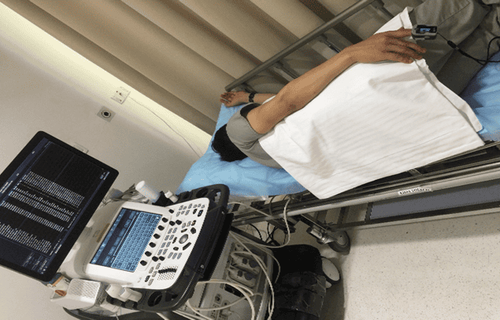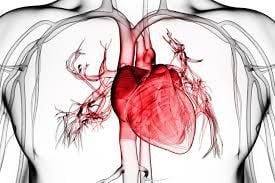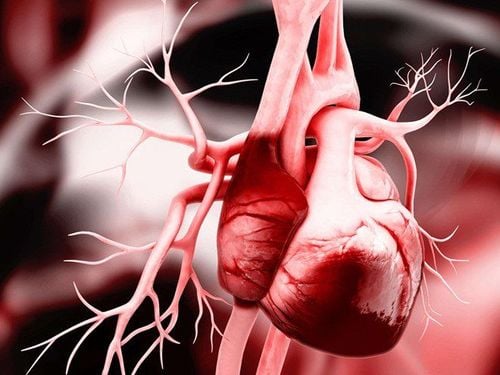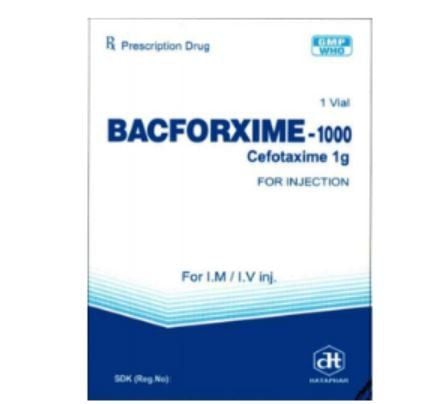This is an automatically translated article.
The article is professionally consulted by Master, Doctor Nguyen Tung Hoanh - Interventional Cardiologist - Department of Resuscitation - Emergency - Vinmec Nha Trang International General Hospital.A late diagnosis of pericarditis can lead to death in acute tamponade or poor prognosis in constrictive pericarditis. Therefore, early detection and timely treatment will reduce the rate of complications or unnecessary death.
1. Inflammatory heart disease
The pericardium has a mechanical function and a biological function. Pericarditis is an irritating inflammation of the pericardium, the thin membrane that surrounds the heart. Pericarditis often causes chest pain and other symptoms.Pericarditis usually begins suddenly but does not last long. When symptoms develop gradually or persist, pericarditis is considered chronic. In severe cases, blood pressure can drop to dangerous levels and can be fatal.
2. How is pericarditis diagnosed?

Siêu âm tim thấy xuất hiện tràn dịch màng ngoài tim mới hay nặng thêm
Diagnosis of pericarditis when at least 2 of the following criteria are met:
Typical chest pain: retrosternal, severe or gradual, increasing When taking a deep breath, it decreases when lying down or sitting, leaning forward. There is a pericardial rubbing sound. ECG features: Diffuse ST segment elevation or PR depression. Echocardiography: New or increased pericardial effusion is present. 2.1 Diagnosis of pericarditis by etiology Idiopathic pericarditis: Difficult to define but is the most common diagnosis. Viral pericarditis: A common cause due to direct viral attack or body's immune response, mainly caused by Coxxakie group B, Echovirus, Adeno-, Cytomegalo-, Ebstein Barr, Herpes simplex, hepatitis C , HIV... A diagnosis of acute viral pericarditis cannot be made without evaluation of pericardial fluid or pericardial tissue, preferably by PCR (IIa). In addition, the diagnosis is suggested with a 4-fold increase in serum antibody levels (IIb). Bacterial pericarditis: Usually after chest surgery, chemotherapy, immunosuppression, and dialysis. Symptoms: high fever, chills, sweating, shortness of breath, chest pain. Acute cardiac tamponade is also common (42%-77%) and has a high mortality rate. Tuberculosis pericarditis: accounts for 1-2% of cases of pulmonary tuberculosis. Typical clinical signs often come late, patients have difficulty breathing, fever, chills, night sweats. This is the leading cause of constrictive pericarditis. Chest radiograph: New pulmonary tuberculosis may be present. Echocardiography: Signs of fluid in the pericardial cavity with lots of fibrin and possibly thicker-than-normal pericardial findings. TB-specific test: ADA (Adenosin deaminase) is elevated and TB PCR is positive. Analysis of pericardial fluid with protein content > 6g/dl, mainly lymphocytes. The patient was hospitalized and treated with anti-tuberculosis drugs. Pericarditis due to uremia: occurs in 6 to 10% of patients with advanced renal failure before dialysis, nitrogen concentration > 60 mg/dl. Electrocardiographic findings are usually absent. Pericarditis is usually caused by fluid overload. Treatment with active dialysis usually improves the disease in 1-2 weeks Post-myocardial infarction pericarditis: A common complication, accounting for 25-40% of patients with myocardial infarction, occurring 3-10 days after heart attack . This cause is related to the extent of myocardial necrosis and is more anterior than posterior. Because pericarditis is associated with myocardial necrosis, there is a high risk of heart failure and 1-year mortality. All cases after acute myocardial infarction in which the patient has chest pain and pericardial rub must be suspected of post-myocardial infarction pericarditis. Pericarditis following cardiac injury: Dressler syndrome typically occurs 2-3 weeks after myocardial infarction or open heart surgery. Prominent symptoms are pleuritic chest pain, fever, leukocytosis, pericardial rub, and possibly pleural effusion. Pericarditis due to cancer: Mostly due to metastases to the pericardium, often due to lung cancer, breast cancer, Hodgkin's disease ... Diagnosis is based on analysis of pericardial fluid by cells. Constrictive pericarditis: Usually due to idiopathic, postoperative or radiation injury, infection, autoimmune disease, post-traumatic injury, uremia. Pericarditis can have many causes.

Viêm màng ngoài tim có thể do nhiều nguyên nhân
Please dial HOTLINE for more information or register for an appointment HERE. Download MyVinmec app to make appointments faster and to manage your bookings easily.
Article referenced source: Vietnam Society of Cardiology












